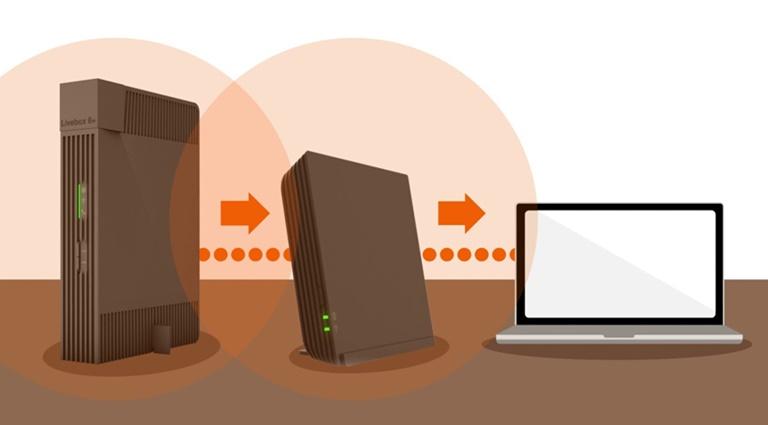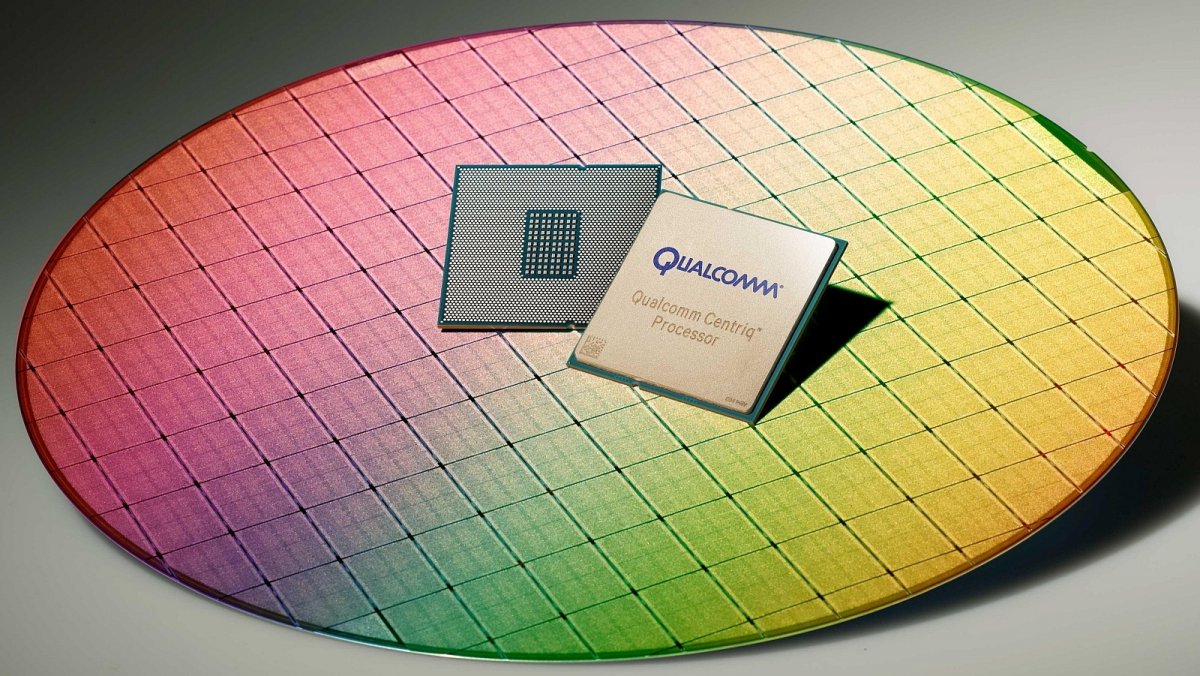What are the differences between a router and a repeater? What you should know


Those homes where the size or distribution of the house prevent the main router from fulfilling its function in all corners of the home can also do use of a repeater. But, although we can generally say that they have similar functions, what do we have with each one? What is the difference between a router and a WiFi repeater?
The repeater improves your router
In this, and depending on the device that we install at home, it is possible that it directly copies the WiFi data that it must repeat and resend the signal as such (repeater), or that we have to configure the network manually to connect to (WiFi access point).
In the first case we won’t have to do anything, so simply connecting the device and linking it to the original router would already be repeating the signal with the same configuration as our router. It is what we have like this with a repeater, which will fulfill its function to expand that coverage that we have with our WiFi.
Its usefulness is beyond any doubt since a WiFi repeater allows to cover dead zones, those in which the signal from our router does not reach and therefore there is no Internet connection, and it also helps us improve the quality and stability of the signal in other areas where the WiFi connection is very weak.
What do we have with each
But let’s go by parts. Because WiFi repeaters have two great advantages: they are very easy to use, since they do not require complicated configurations and they allow us to clone our network settings (the router settings), and they are very cheap (we can find very good models for about 20 euros).
As far as the router is concerned, and which you know very well, we will say that it is a device that offers a WiFi connection, which is normally connected to a modem and that send information from the internet to our devices, such as computers, phones or tablets. The devices that are connected to the Internet in your home make up your local area network (LAN). Once a modem receives information from the Internet, the router sends it to personal devices.
But it is true that on several occasions, either due to a bad location, an anomalous distribution or because the size is larger than it usually is, the router is not enough, and your signal ends up being bad. For this reason we say that we can use a WiFi repeater to accompany our router and make that network coverage greater.

the same repeaterAs such, it is a separate piece of equipment that sits between the wireless router and the location where better wireless coverage is desired. What it does is it takes the existing signal from your wireless router and retransmits it, achieving improve speed of your entire network and have the best access to broadcast simultaneously, transmit, participate in online games… the most basic models work under the WiFi N standard, operate in the 2.4 GHz band and reach maximum speeds of 300Mbps.
It is then that we see that the main difference is that these network repeaters can not only receive and transmit a WiFi signal from the router, but you can also connect it via a network cable to your router, to broadcast the signal from your router with more power.
The repeater is the most basic solution, but not the only one
One of the peculiarities of the repeater compared to the router is that each one of them tends to create a new different network, so you must change connection point from your device to use it and the repeater will act as an intermediary between your device and the router.
This is the most basic and least efficient solution of all to expand the WiFi coverage of your home. It is, so to speak, like installing an extension cable so that your WiFi network reaches a few meters away. That is why it is common for devices such as access pointswhich are significantly different from the router and the repeater.
What the access point does is work in a different way, it creates a new WIFI connection that is completely fresh. Because, while the first takes a signal and repeats it, the access point create a new connection from data that arrives using a network cable. This means that to create an AP you will have to connect it to the router with a UTP cable, achieving an even better signal quality and speed.




